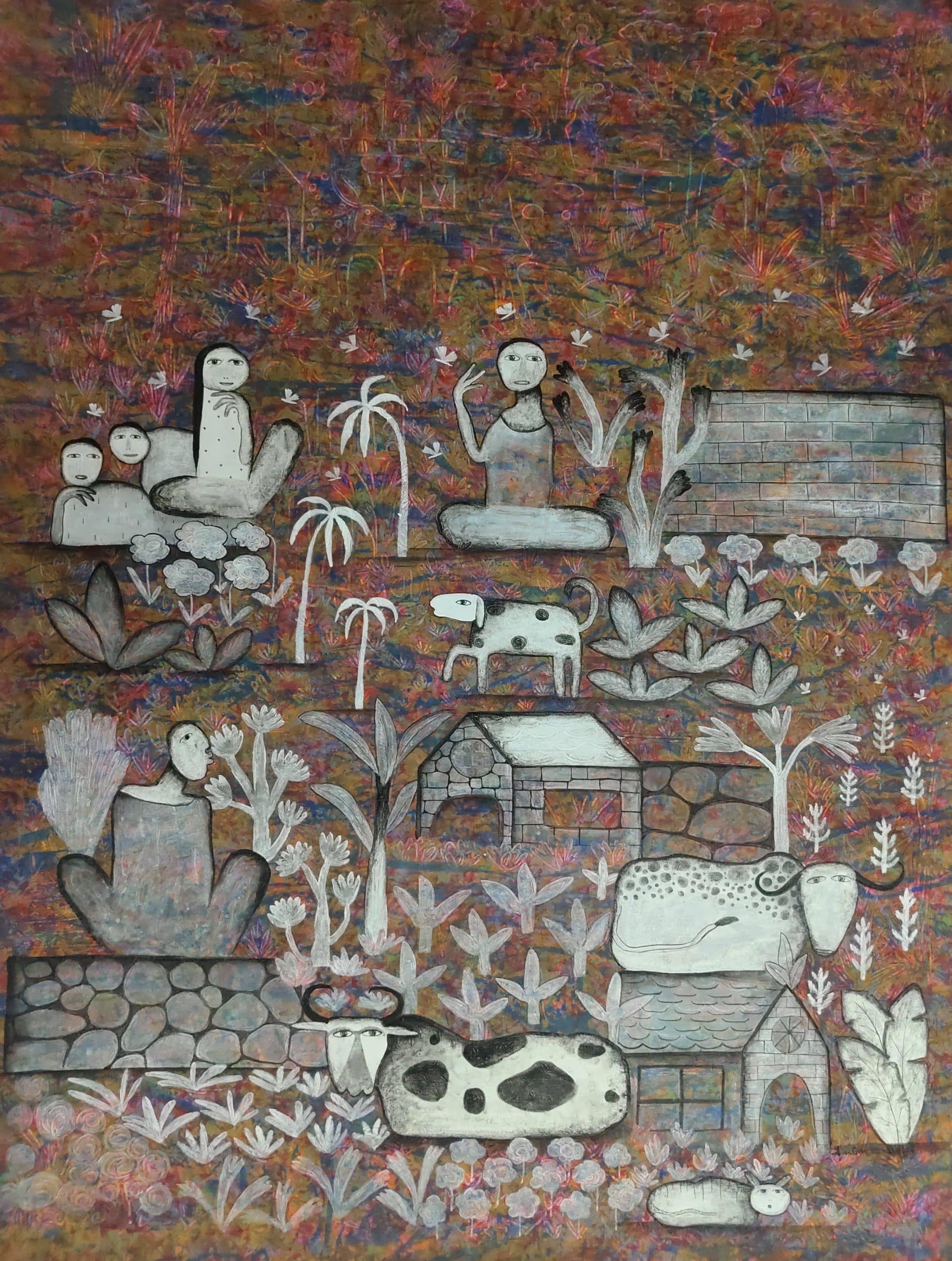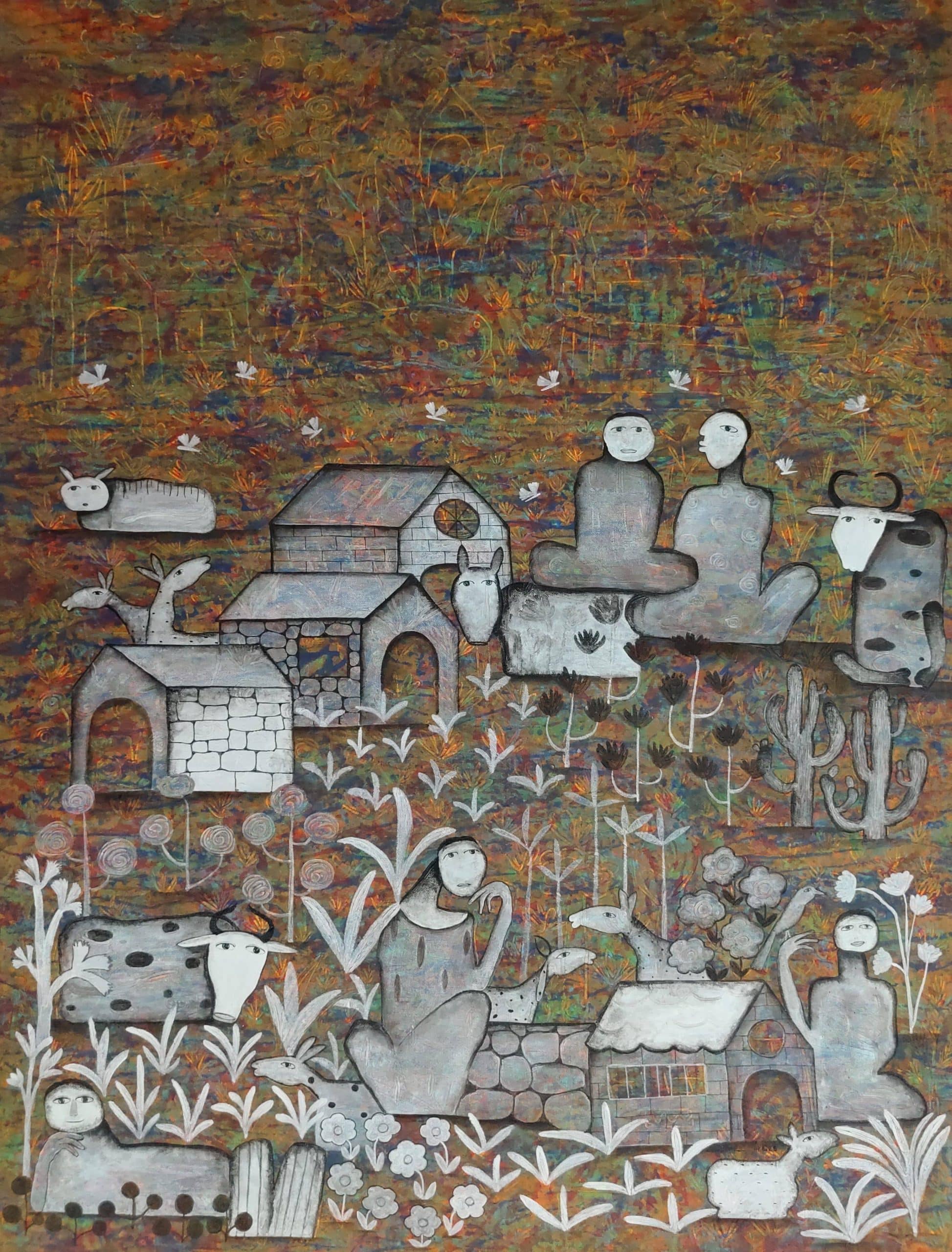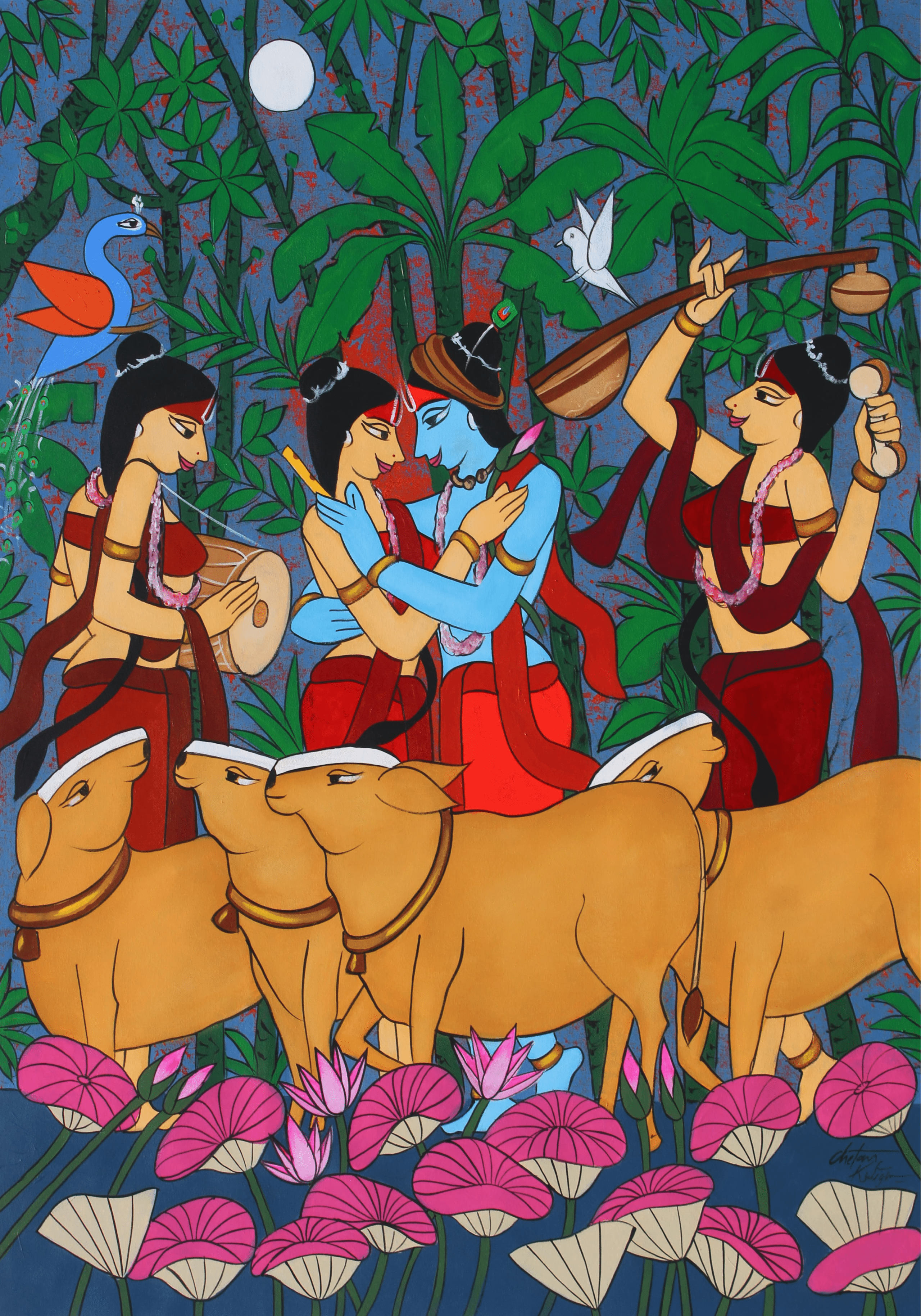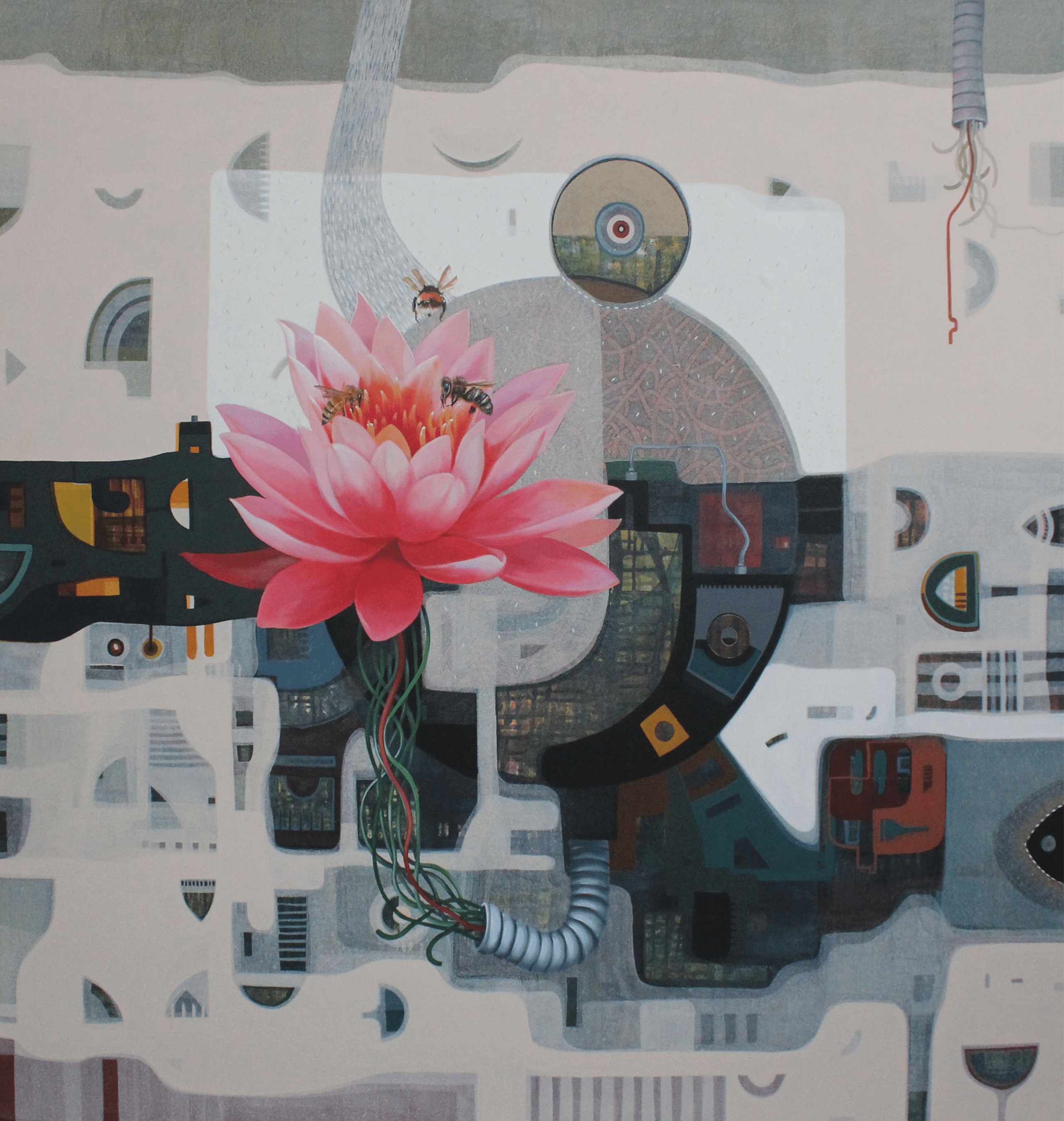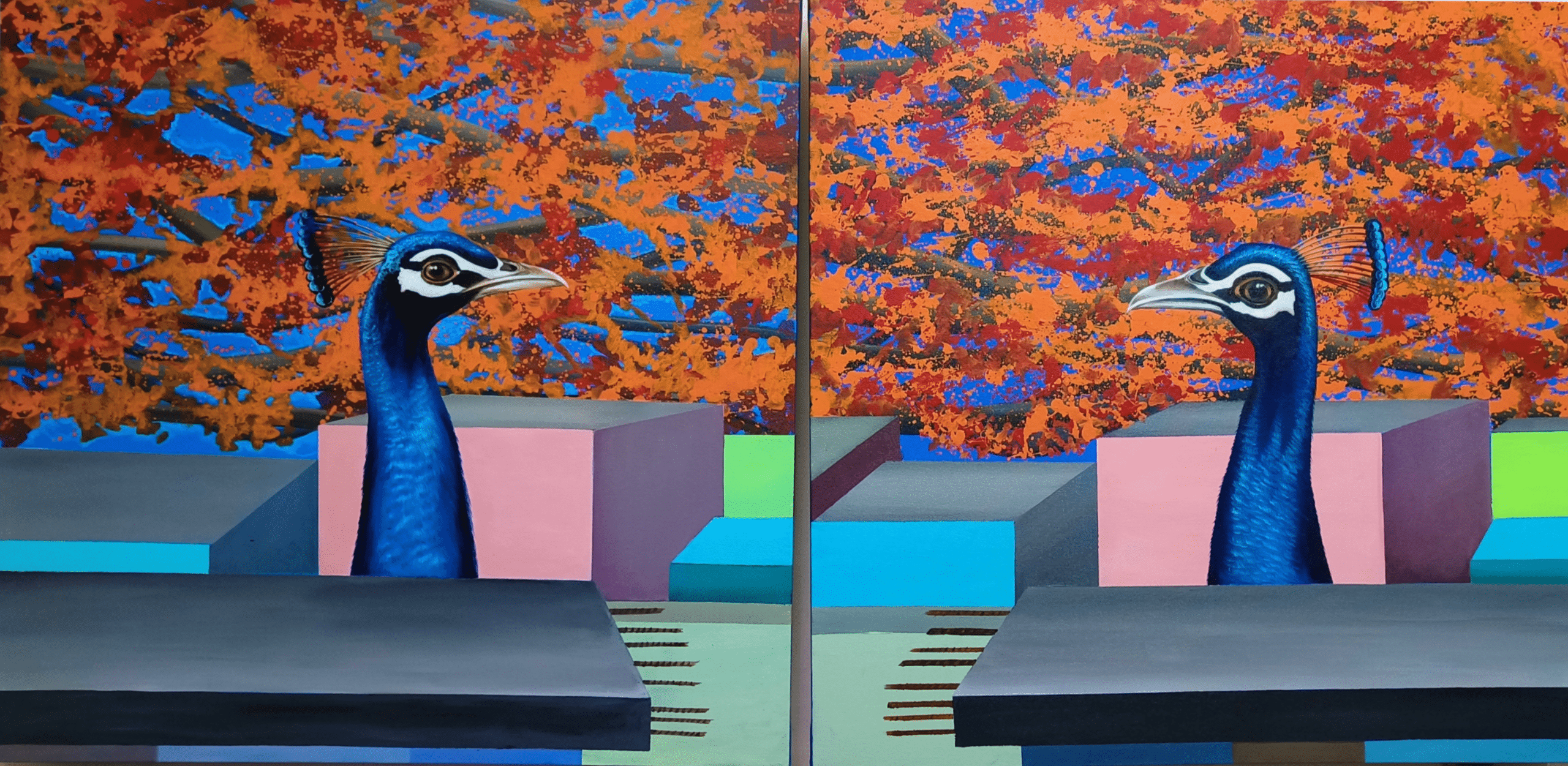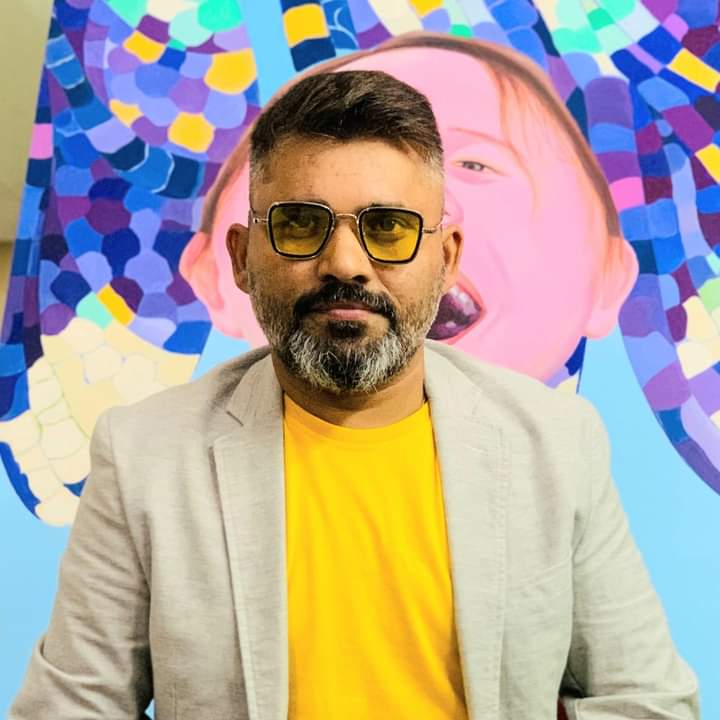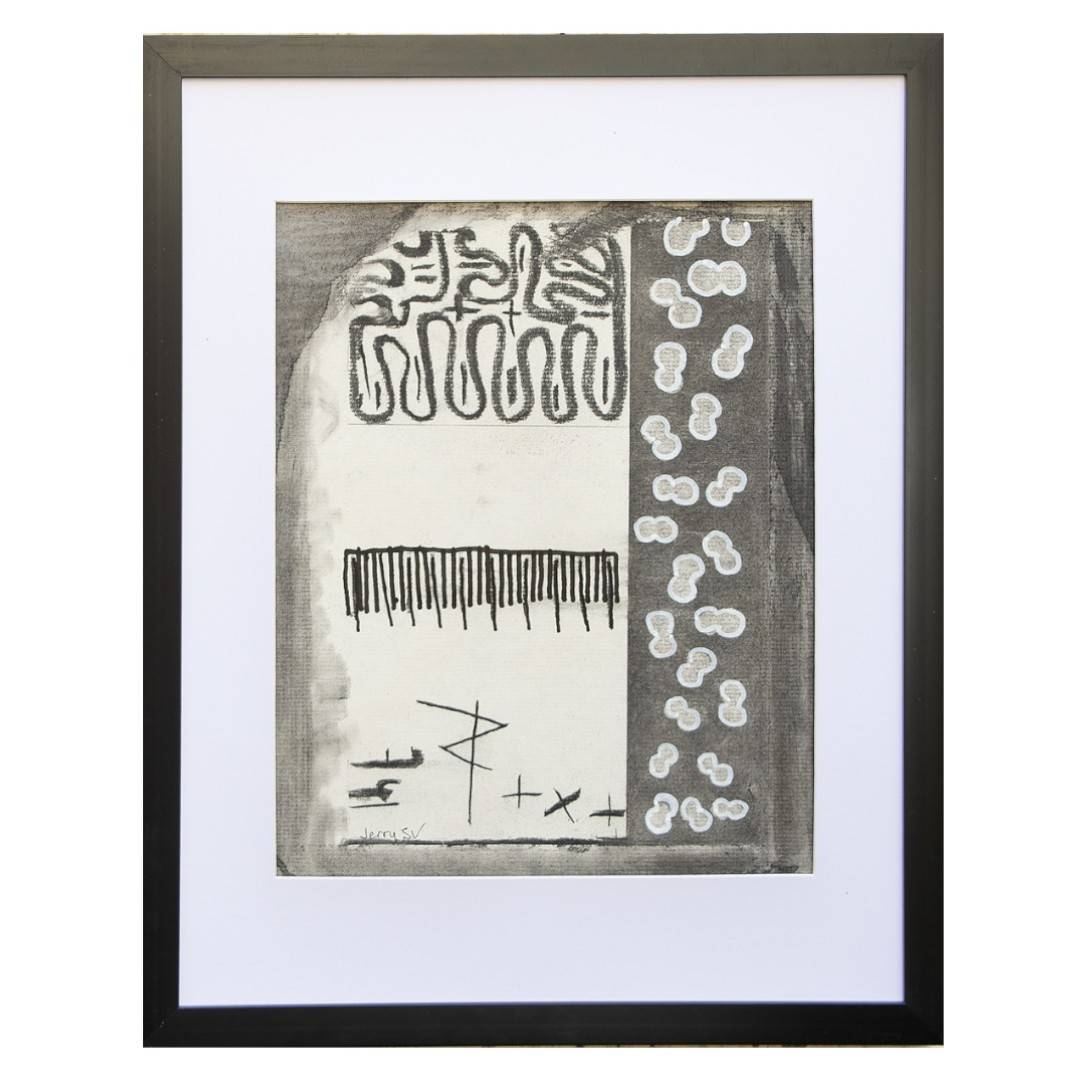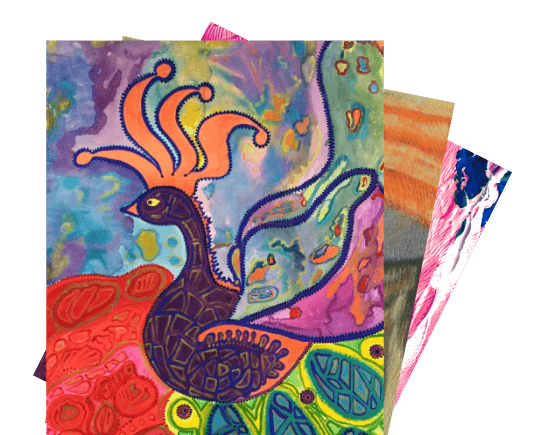
A brief history of Melbourne’s art ecosystem

Melbourne’s art history is a rich tapestry woven from its deep-rooted traditions and evolving contemporary scene. The city’s artistic journey began in the 19th century with the establishment of institutions like the Victorian Artists’ Society, which nurtured local talent and laid the foundation for a thriving cultural hub. This era also saw the emergence of the Heidelberg School, Australia’s first significant art movement, often described as Australian Impressionism. In 1891, Melbourne art critic Sidney Dickinson coined the term in a review of Arthur Streeton and Walter Withers, who painted en plein air in Heidelberg on the city’s outskirts. The movement later included artists such as Tom Roberts, Charles Conder, and Frederick McCubbin, who worked in “artists’ camps” around Melbourne and Sydney during the 1880s and 1890s. Influenced by naturalism and impressionism, they sought to capture Australian life, the bush, and the country’s distinctive harsh sunlight.
The establishment of Grosvenor Chambers on Collins Street in 1888 marked another milestone, as Melbourne’s first custom-built artists’ studios fostered collaboration and innovation among local artists. The mid-20th century saw Melbourne continue to shape Australia’s art scene, with the Heide Museum of Modern Art playing a crucial role. Founded by John and Sunday Reed in the 1930s, Heide became a gathering place for modernist artists, including Sidney Nolan, Arthur Boyd, and Joy Hester. The museum, now a celebrated cultural institution, showcases a dynamic collection of Australian modern and contemporary art while preserving its legacy as a creative haven.
Melbourne boasts over 100 art galleries, ranging from major public institutions to independent commercial and artist-run spaces. The Australian Centre for Contemporary Art (ACCA), established in 1983, serves as a platform for diverse local and international artists, curators, and audiences. The Buxton Contemporary houses 300 contemporary Australian artworks by 53 significant artists. Institutions like The University of Melbourne also feature notable pieces, including Hugh Ramsay’s James S. MacDonald (1901) and John Skinner Prout’s Melbourne from Collingwood 1847 (1847).
Moreover, Melbourne has gained international acclaim in recent decades for its vibrant street art, particularly in its iconic laneways. These once-utilitarian spaces have transformed into dynamic canvases, attracting artists worldwide and positioning the city as a global street art hub. This transformation exemplifies Alberto Giacometti’s insight: “The object of art is not to reproduce reality, but to create a reality of the same intensity.” The city’s commitment to fostering art has enriched its cultural landscape and stimulated economic and social benefits, drawing thousands of tourists annually and contributing to a thriving creative economy.
Must visit museums for art lovers in Melbourne
-
National Gallery of Victoria (NGV)
Address: 180 St Kilda Rd, Melbourne VIC 3006, Australia
Admission: Free
Established in 1861, the NGV is Australia's oldest and largest art museum, housing 75,000 works spanning thousands of years. Its diverse collection includes masterpieces by international artists such as Cézanne, Monet, Picasso, and Rembrandt and significant Asian art pieces. It includes Rembrandt’s “Two old men disputing," 1628, and Claude Monet's "Vétheuil," 1879, among other prominent works.
-
The Ian Potter Centre: NGV Australia
Address: Federation Square, Flinders St & Russell St, Melbourne VIC 3000, Australia
Admission: Free
Dedicated exclusively to Australian art, this centre also showcases works by the Aboriginal and Torres Strait Island communities. It has over 20,000 Australian artworks, including paintings, sculpture, prints, photography, fashion, and textiles, and the collection is one of the oldest and most well-known in the country. The well-known works at the Ian Potter Centre include Frederick McCubbin's “The Pioneer” (1904) and Tom Roberts' “Shearing the Rams” (1890
-
Heide Museum of Modern Art Melbourne
Address: Templestowe Rd, Bulleen VIC 3105, Australia
Admission: $25
Heide Museum of Modern Art is a public art museum and sculpture Park that exhibits modern and contemporary art. Heide's collection includes the works of The Fish Shop by John Brack 1955, Albert Tucker‘s “The Futile City” 1940, Sidney Nolan’s Ned Kelly's “Nobody Knows Anything About My Case But Myself” 1945.
-
Tolarno Galleries
Address: level 5/104 Exhibition St, Melbourne VIC 3000, Australia
Admission: Free
Tolarno Gallery exhibits impressive contemporary art and design. This Modern Art Gallery in Melbourne In the early years exhibited works by modern masters, including Bonnard, Dali, Renoir, Matisse, Picasso, Pissarro, and more. It has also exhibited the early works of Warhol and Koons
Explore Elisium Art’s most loved artworks in Melbourne
Feeling inspired? Looking to add a piece of Melbourne's vibrant energy to your collection? Elisium Art can connect you with a global network of artists, so you can find the perfect piece to turn your home into your personal art museum!
Melbourne Art Adventure: A 2-Day Binge for Art Lovers (and Secret Deal Hunters!)
Embarking on a two-day art adventure in Melbourne offers art enthusiasts a rich tapestry of experiences, blending the city's historical masterpieces with contemporary creations. Elisium Art has curated this itinerary so you can exceptionally immerse yourself in Melbourne's vibrant art scene.
Day 1: Exploring Melbourne's Artistic Heartbeat
-
Morning
Begin your journey at the National Gallery of Victoria (NGV). As Australia’s oldest and most visited art museum, the NGV houses an extensive European, Asian, and Australian art collection. Explore its iconic Asian art collections, an Australian art collection that includes Indigenous (Australian Aboriginal) art and artefacts, Australian colonial art, Australian Impressionist art, and 20th-century modern and contemporary art. Some of its artworks include works by artists such as Jules Bastien-Lepage’s “October” 1878, John William Waterhouse’s “Ulysses and the Sirens” 1891, and more.
-
Afternoon
The NGV has three more extended locations, including the NGV International at St Kilda Road, Ian Potter Centre: NGV Australia located in Ian Potter Centre in Fed Square, and the newly announced The Fox: NGV Contemporary, which is planned to open in 2028. Consider visiting NGV International, which is a fantastic art collection of European, Asian, Oceanic, and American art. Find Contemporary Indigenous Australian Art Melbourne inside the Gallery. The gallery’s permanent collections are arranged in chronological order and by region. Some of its international collections include William Blake’s “Dante Running from the Three Beasts” (1824-1827), Salvador Dali’s Trilogy of Desert: Mirage (1946), and more, among other works.
-
Mid-Afternoon
Then head to Ian Potter Centre: NGV Australia. The Gallery houses 20,000 Australian artworks. Explore Australian art’s history and many styles and stories through paintings, sculpture, decorative arts, photography, prints, drawings, fashion, Indigenous art, and the Joseph Brown Collection. The Gallery also features the works of Sidney Nolan, Arthur Boyd, Albert Tucker, Arthur Streeton, and John Perceval, among other artists.
-
Evening
Conclude your day with a visit to the Australian Centre for the Moving Image (ACMI), also situated in Federation Square. ACMI celebrates Australia’s screen culture, offering interactive exhibits on film, television, and digital culture. Then, grab your dinner at a nearby restaurant such as Cholocate Buddha, Waterfront SouthGate, or Solito Posto, which offers amazing Italian cuisine.
Day 2: Delving into Niche Art Spaces and Cultural Hubs
-
Morning
Head to The Outsiders Melbourne on your second day to see one of its groundbreaking street exhibitions. The Outsiders Melbourne reveals an insider’s view of this acclaimed private collection’s fabulous, iconic, and rare works. The exhibition is opened with over 100 works by street artists, including locals Rone, Adnate, and Vexta, and internationals such as Banksy, Barry McGee, and more. Highlights include an entire room of Banksy artworks, featuring his new work, “Firewall,” then Matt Adnate’s “Echoes of a Teenage Superstar,” his portrait of “Silverchair frontman Daniel Johns” and more. Moreover, entry to this place is free.
-
Afternoon
Visit the Heide Museum of Modern Art, an art museum established in 1981 to display modern and contemporary art. Heide became the gathering place for a collective of young modernist painters known as the Heide Circle, which included Sidney Nolan, John Perceval, Albert Tucker, and Joy Hester. The core of the museum’s collection was assembled over five decades by Heide founders John and Sunday Reed, who collected a broad range of art from the 1940s to the 1970s, both figurative and abstract. The collection includes works by artists such as Moya Dyring, Sidney Nolan, Albert Tucker, Joy Hester, Gray Smith, John Perceval, and more. Find artworks like “Trees in Landscape” 1963 by Fred Williams and Moya Dyring’s “Melanctha” 1934, among others.
-
Mid-Afternoon
Spend your mid-afternoon by visiting the Australian Centre for Contemporary Art. This contemporary Art gallery encourages and directly works with leading Australian and international artists. Attend its diverse, insightful, and engaging exhibitions and events, such as the ongoing event “The Charge That Binds,” which presents recent artworks by Australian and international artists alongside several key new commissions, traversing a broad range of mediums, including painting, sculpture, moving image, sound, and choreography. Additionally, entry to the centre is free. Then, head to a nearby restaurant to grab your lunch.
-
Evening
Consider visiting the City Gallery in Melbourne Town Hall, 110 Swanston Street. More than 50 exhibitions have been held since the Gallery opened in 2002, an average of three exhibitions per year; the work of more than 300 living artists shown; considerably more than 1000 artworks, photographs, and artefacts displayed. Experience its ongoing exhibition, “The Dirty Dozen: Stories behind the Foods That Made Melbourne,” curated by Richard Cornish. Then wrap up your last day at a nearby restaurant, such as the Mister Munro Restaurant & Bar, or explore Thai and Viet cuisines at “Thai Viet.”
Tips To Improve Your Experience
-
Bonus Tip
Melbourne’s art scene extends beyond galleries. Look for public art installations scattered throughout the city, especially in Docklands and along the Yarra River. Also, look for free audio guides and check gallery and museum websites, and social media pages for instant updates.
-
Pro-Tip
Many of Melbourne’s top art galleries offer free admission. Some galleries and museums also offer free visits to their ongoing exhibitions, programmes, and events. Additionally, exploring street art in neighbourhoods like Fitzroy and Collingwood provides a rich artistic experience without any cost. Even The Outsiders Melbourne offers free visits to its amazing street art exhibition. Moreover, Melbourne offers free tram rides within the city centre. To use public transport outside the free tram zone, you need to purchase a Myki card and use this card on buses, trams, and trains.
-
Secret Weapon
For a unique perspective, consider joining or looking out for a street art tour led by local artists. These tours offer insider knowledge about the artworks and the stories behind them, enriching your understanding of Melbourne’s urban art culture.
-
Expand Your Artistic Horizons
While Melbourne offers a wealth of artistic experiences, Elisium Art can connect you with emerging and established artists beyond Australia. Explore and acquire original fine art through Elisium Art’s curated collections, broadening your appreciation and collection of global art.






